 |
| Researcher Pham Duc Thanh Dung gives advice on the Can Chanh Palace relic restoration project |
Previously, at the 2nd thematic session in October 2021, the Provincial People's Council passed a Resolution approving the investment policy of the project "Renovation, restoration and embellishment of Can Chanh Palace" with a total investment of nearly 200 billion VND, from the provincial budget. The project is expected to be implemented within 4 years, from the commencement date (quarter IV - 2024).
Can Chanh Palace was built in 1804 under King Gia Long. Until it was completely destroyed in 1947, the structure was renovated 11 times at different levels, through the reigns of the Nguyen Dynasty. This is one of the structures located on the sacred axis of Hue Imperial City along with Ngo Mon, Thai Hoa Palace, Dai Cung Mon, Can Thanh Palace, Khon Thai Palace, Kien Trung Palace... The relic structures on the sacred axis are being preserved, restored, and restored such as Thai Hoa Palace, Kien Trung Palace...
 |
| Archaeological excavation site of Can Chanh Palace, Forbidden City, Hue Imperial City |
Under the Nguyen Dynasty, Can Chanh Palace was where the king held the Thuong Trieu ceremony on the 5th, 10th, 20th and 25th of the lunar month. This was also the place to receive foreign envoys, organize royal and court banquets. According to documents, before being destroyed, Can Chanh Palace had the following structure: The main hall had 5 rooms and 2 double wings, the front hall had 7 rooms and 2 single wings.
After listening to the design consultant's report, experts, scientists and researchers all highly agreed on the project's feasibility study report and believed that this was the most appropriate time to restore the project. Participants also suggested that the restoration of the Can Chanh Palace relic should be carried out carefully and divided into two phases: Phase 1 focuses on restoring the entire architecture of the project; Phase 2 will restore the decorative details, interior and remaining items. Note the relationship between Thai Hoa Palace and Can Chanh Palace to clarify the importance of the project; note the size and structure of the project as well as research on ways to promote the value of the project after restoration. At the same time, the project name should be changed to Restoration of Can Chanh Palace relic.
Director of Hue Monuments Conservation Center Hoang Viet Trung informed that the research process on Can Chanh Palace has been carried out for decades with the participation of international experts; including experts from Waseda University (Japan). Also during the past decades, the Center has carried out research and collected many valuable documents and images about this relic. Along with the results of the previous archaeological excavation, Can Chanh Palace has had more accurate scientific data for the implementation of the restoration plan for Can Chanh Palace relic.
Source


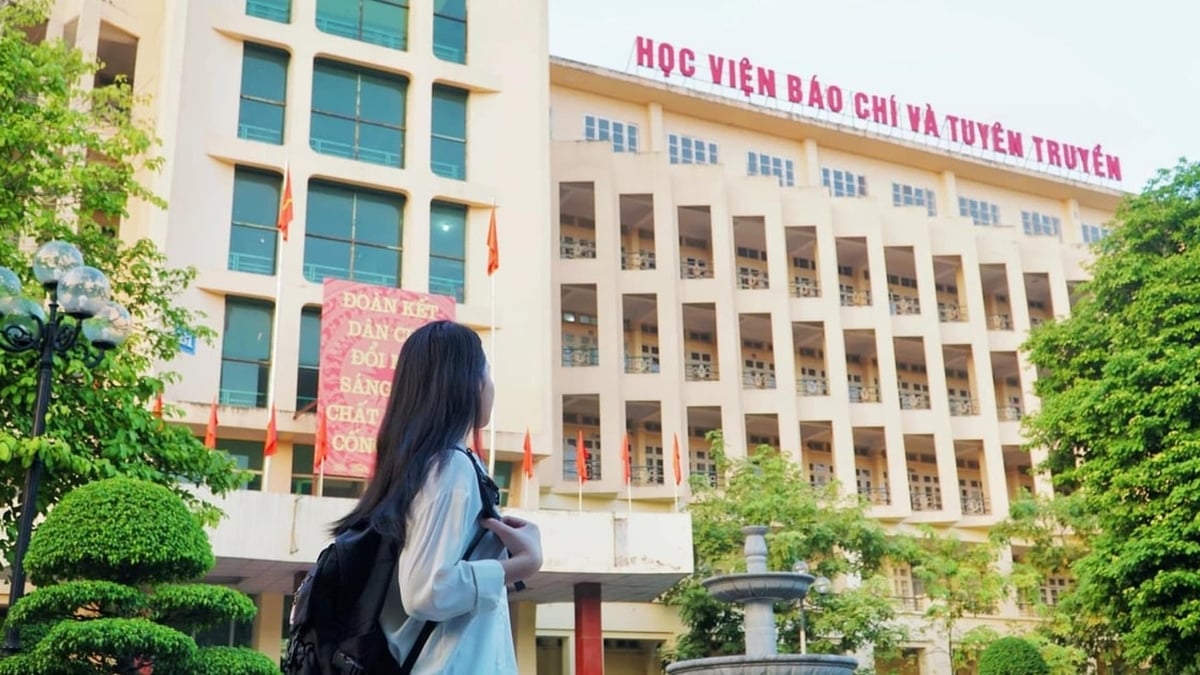

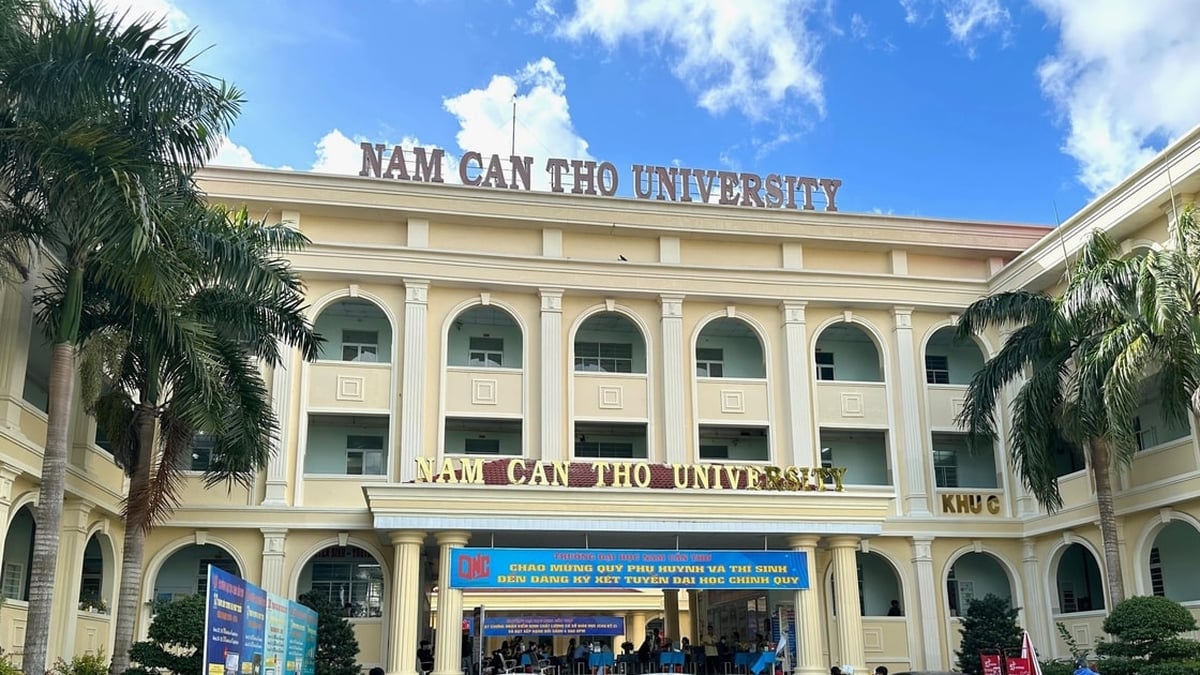
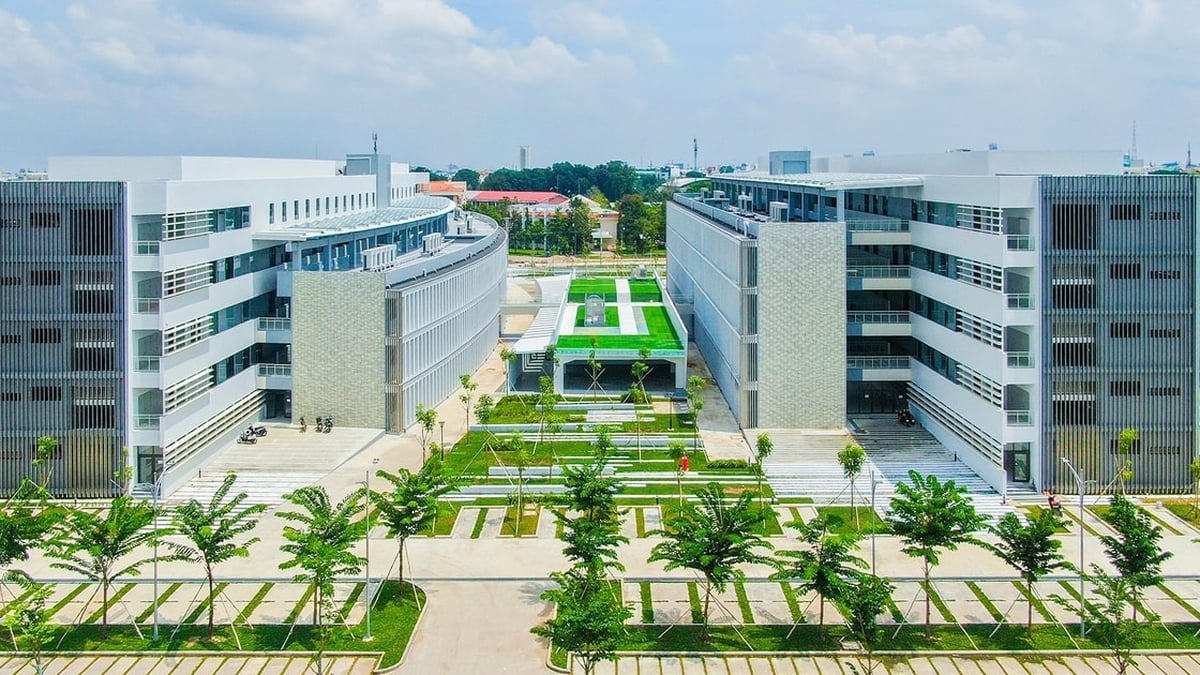
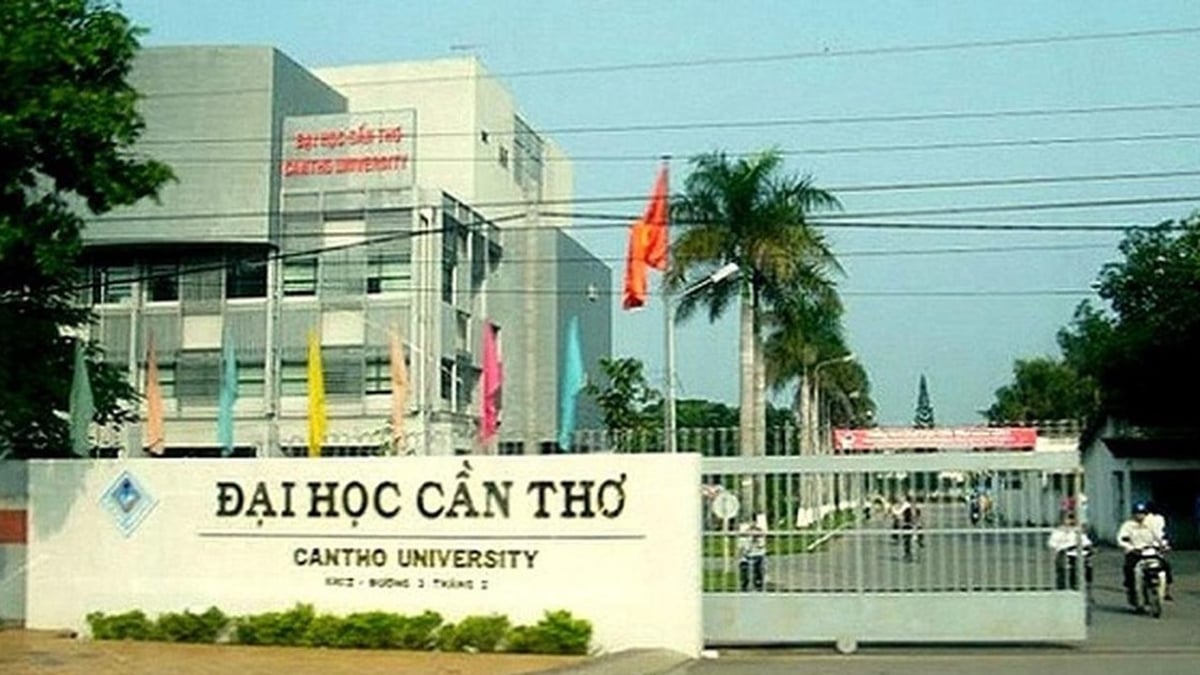
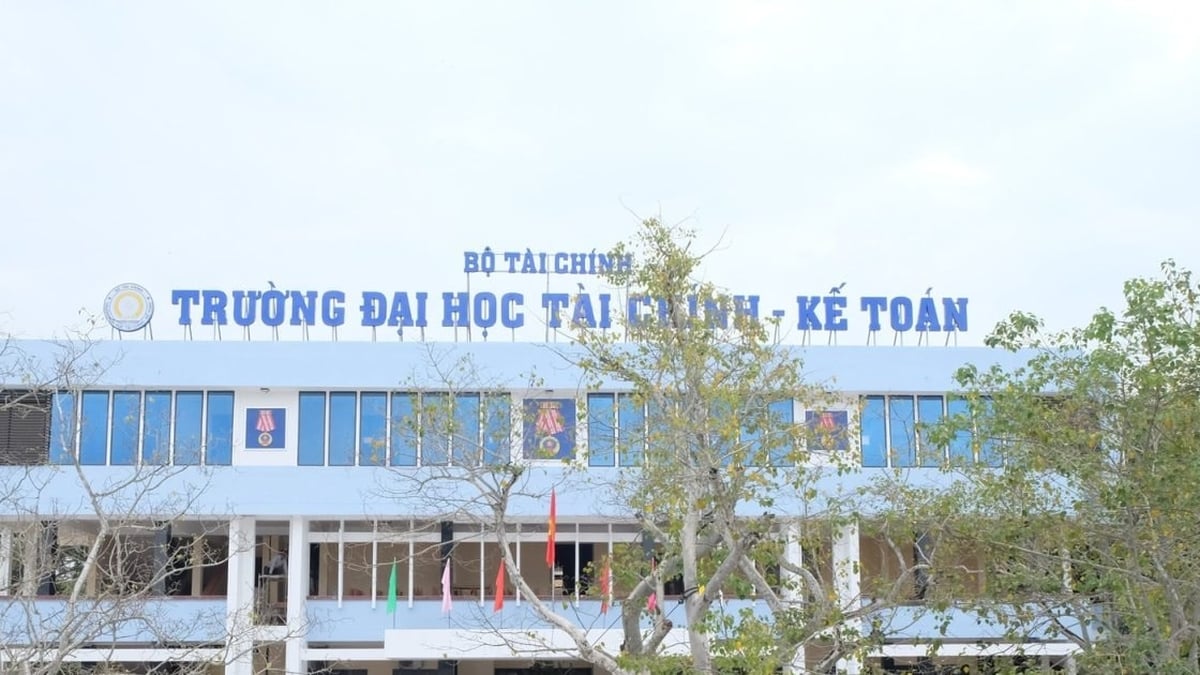

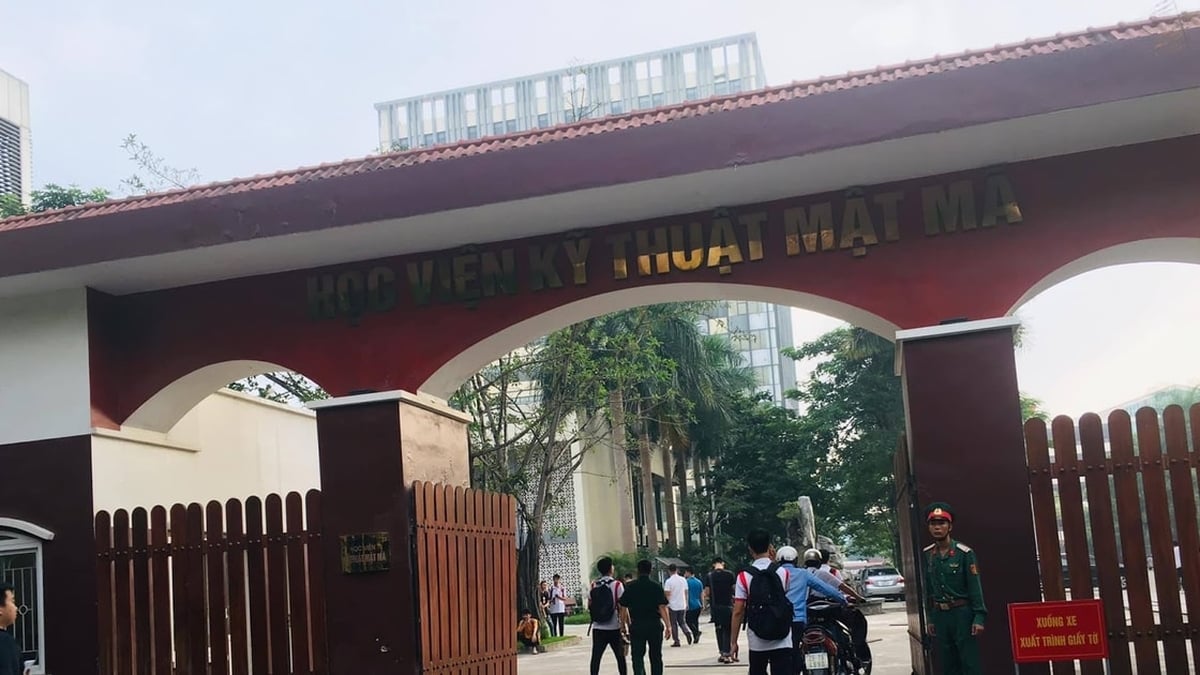
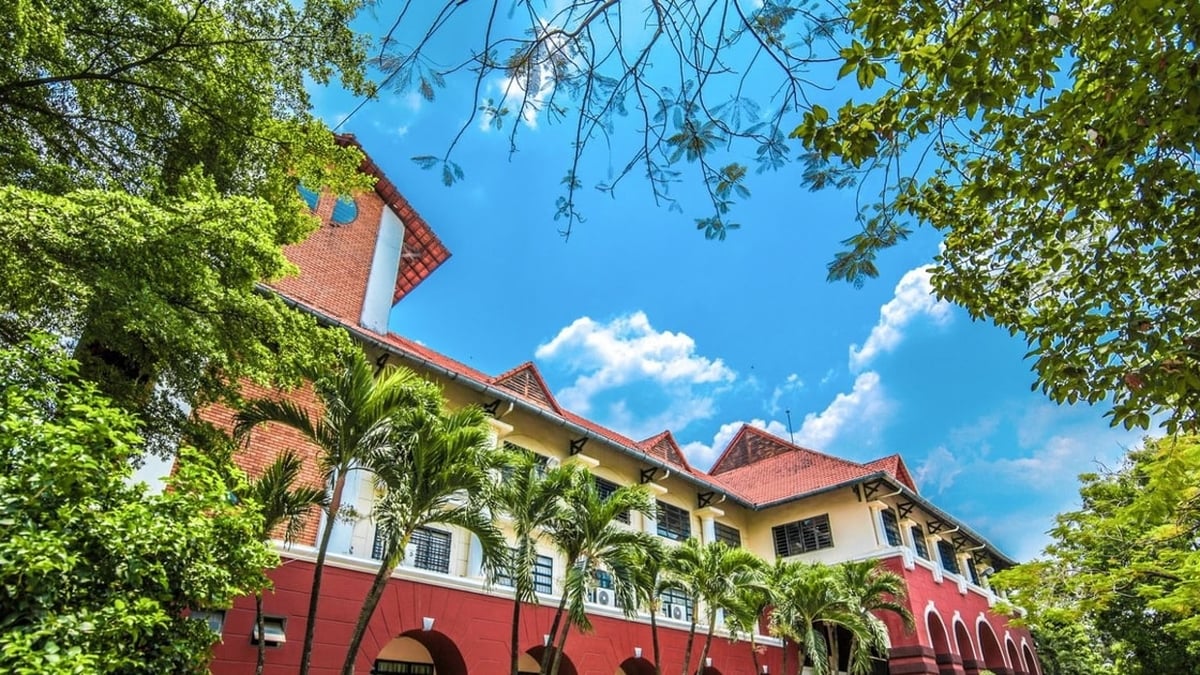
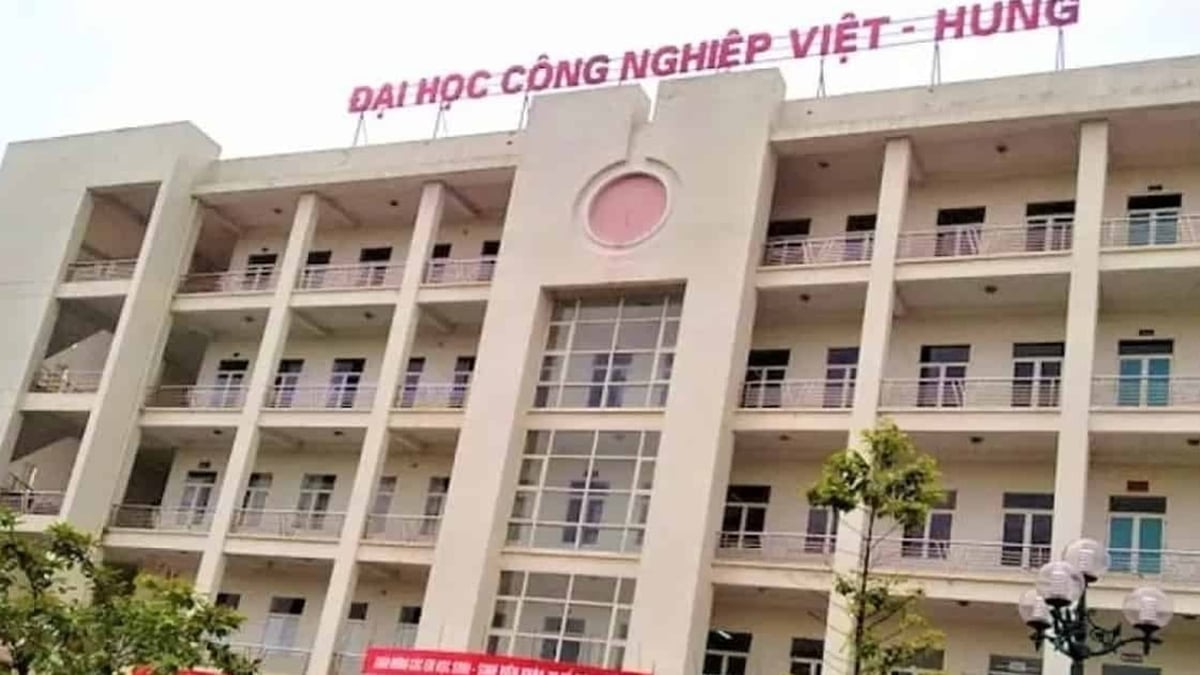





















































































Comment (0)